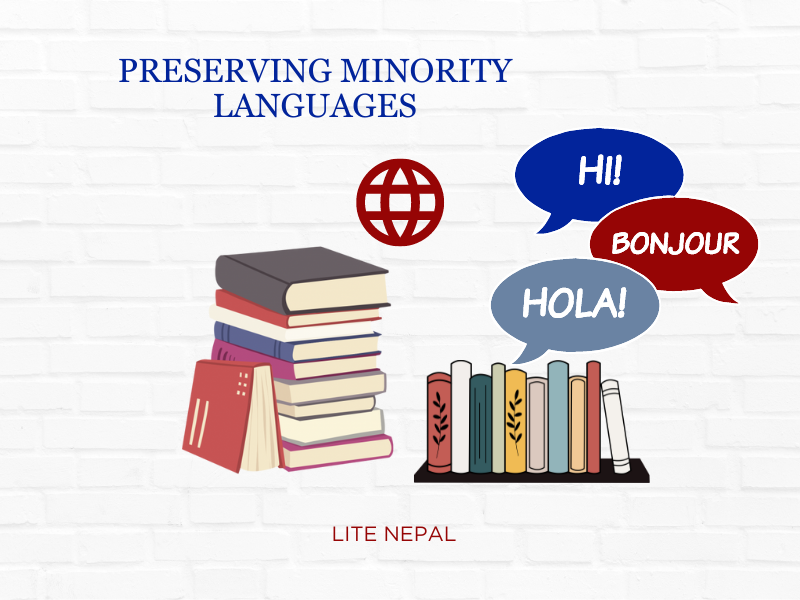Languages are not just means of communication; they embody the identity, culture, and heritage of a community. In Nepal, a country rich in linguistic diversity, numerous languages are at risk of disappearing. This article delves into the importance of retaining and preserving endangered languages in Nepal, highlighting their cultural significance and the benefits of linguistic diversity.
Cultural Heritage and Identity
Endangered languages are often intrinsically linked to a community’s cultural heritage and identity. These languages carry centuries-old traditions, stories, folklore, and indigenous knowledge. Preserving endangered languages is crucial for maintaining cultural diversity, fostering a sense of belonging, and passing down ancestral wisdom to future generations.
Linguistic Diversity and Global Understanding
Languages serve as windows into different worldviews, perspectives, and ways of life. Nepal’s endangered languages offer unique insights into diverse communities and their historical connections to the land. By protecting these languages, Nepal contributes to the global tapestry of linguistic diversity, promoting cross-cultural understanding, and enriching our collective knowledge.
Environmental and Ecological Knowledge
Many endangered languages in Nepal are closely tied to specific regions, ecosystems, and traditional practices. Indigenous communities possess invaluable knowledge about local flora, fauna, sustainable farming techniques, and natural resource management. Preserving these languages ensures the preservation of their ecological wisdom, which can contribute to sustainable development and environmental conservation efforts.
Revitalization of Cultural Practices
Languages often serve as gateways to cultural practices, rituals, and artistic expressions. By revitalizing endangered languages, communities can reconnect with their cultural heritage, and revive traditional ceremonies, music, dance, and storytelling. This revitalization fosters a sense of pride, strengthens community bonds, and safeguards intangible cultural heritage.
Socio-economic Development
Preserving endangered languages can also have practical benefits for communities. Bilingualism or multilingualism can create economic opportunities, improve access to education, and enhance cultural tourism. By promoting and supporting endangered languages, Nepal can tap into the potential for language-based cultural tourism, generating income for local communities and contributing to sustainable development.
Inter-generational Connection
Language is a powerful tool for inter-generational connection and communication. When endangered languages disappear, a wealth of knowledge and intergenerational wisdom is lost. Maintaining and transmitting endangered languages fosters a stronger connection between older and younger generations, promoting cultural continuity and preserving collective memories.
Conclusion
The preservation of minority languages in Nepal is of paramount importance for cultural, social, and environmental reasons. By recognizing the value of linguistic diversity and taking proactive measures to protect and promote endangered languages, Nepal can celebrate its rich cultural heritage, foster intercultural dialogue, and ensure a more inclusive and vibrant society. Efforts such as language documentation, revitalization initiatives, education programs, and policy support are essential in safeguarding these endangered treasures for future generations to cherish and learn from. Let us embrace the diverse linguistic tapestry of Nepal and work together to retain the minority languages that hold the key to our cultural legacy.
